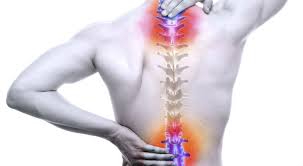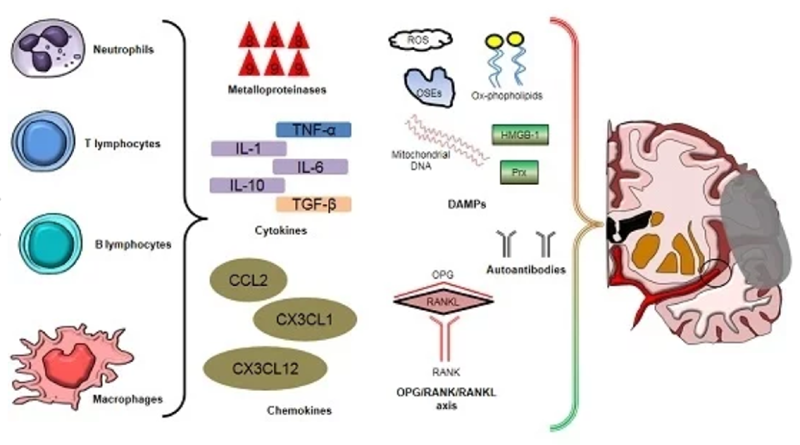Clinical Effectiveness and Efficacy of Chiropractic Spinal Manipulation for Spine Pain
Clinical Effectiveness and Efficacy of Chiropractic Spinal Manipulation for Spine Pain
SOURCE: Frontiers in Pain Ressearch 2021 (Oct 25); 2: 765921
Carlos Gevers-Montoro, Benjamin Provencher, Martin Descarreaux, Arantxa Ortega de Mues and Mathieu Piche
Department of Anatomy,
Université du Québec à Trois-Rivières,
Trois-Rivières, QC, Canada
Spine pain is a highly prevalent condition affecting over 11% of the world’s population. It is the single leading cause of activity limitation and ranks fourth in years lost to disability globally, representing a significant personal, social, and economic burden. For the vast majority of patients with back and neck pain, a specific pathology cannot be identified as the cause for their pain, which is then labeled as non-specific. In a growing proportion of these cases, pain persists beyond 3 months and is referred to as chronic primary back or neck pain. To decrease the global burden of spine pain, current data suggest that a conservative approach may be preferable. One of the conservative management options available is spinal manipulative
The aim of this narrative review is to highlight the most relevant and up-to-date evidence on the effectiveness (as it compares to other interventions in more pragmatic settings) and efficacy (as it compares to inactive controls under highly controlled conditions) of SMT for the management of neck pain and low back pain. Additionally, a perspective on the current recommendations on SMT for spine pain and the needs for future research will be
In summary, SMT may be as effective as other recommended therapies for the management of non-specific and chronic primary spine pain, including standard medical care or physical therapy. Currently, SMT is recommended in combination with exercise for neck pain as part of a multimodal approach. It may also be recommended as a frontline intervention for low back pain. Despite some remaining discrepancies, current clinical practice guidelines almost universally recommend the use of SMT for spine pain. Due to the low quality of evidence, the efficacy of SMT compared with a placebo or no treatment remains uncertain. Therefore, future research is needed to clarify the specific effects of SMT to further validate this intervention. In addition, factors that predict these effects remain to be determined to target patients who are more likely to obtain positive outcomes from SMT.
There is more like this @ our:
LOW BACK PAIN Section and the:
CHRONIC NECK PAIN Section and the:
COST-EFFECTIVENESS Section and the:






